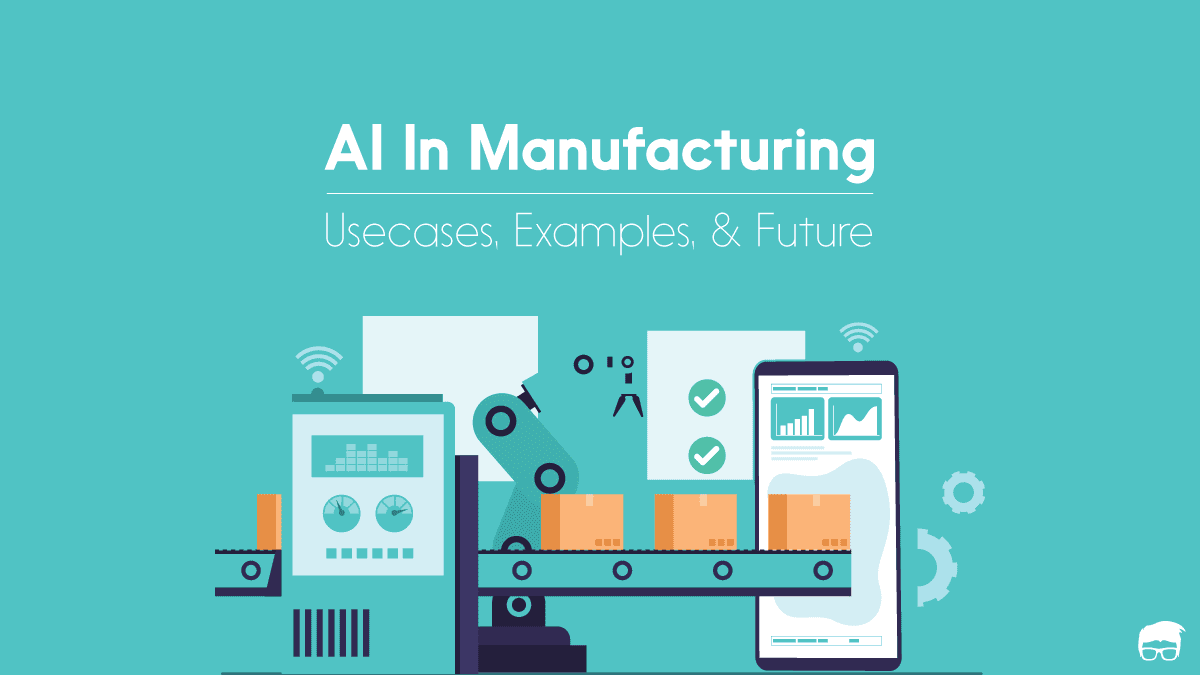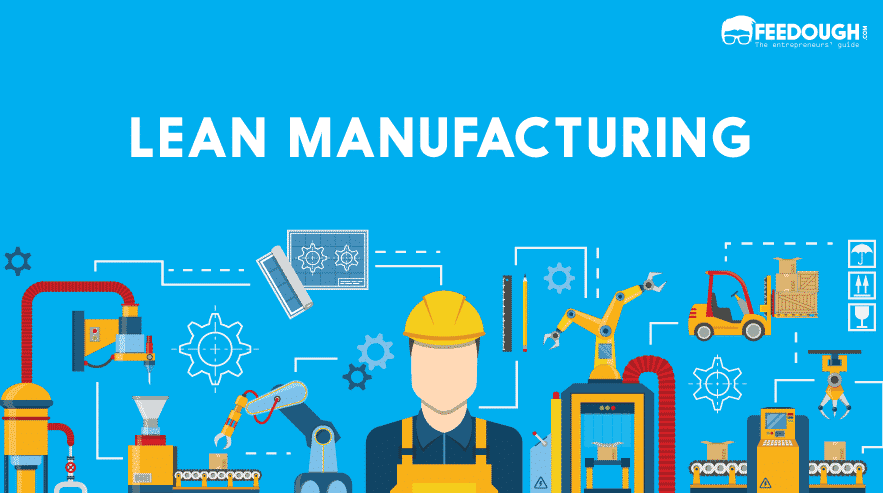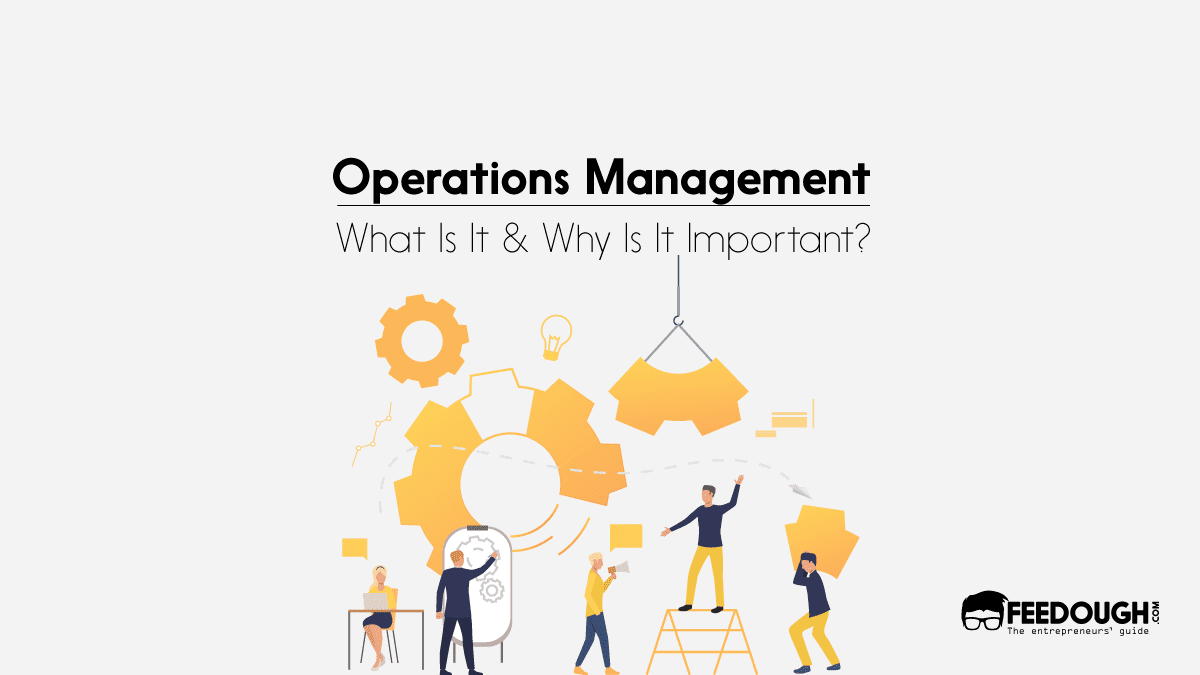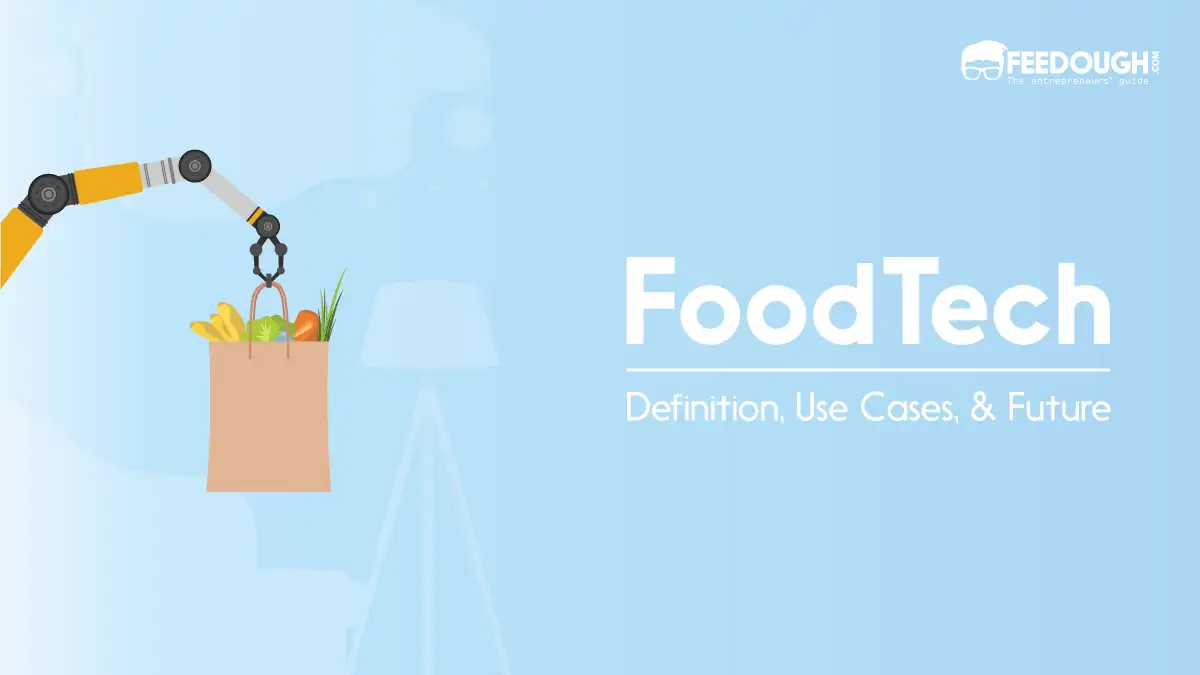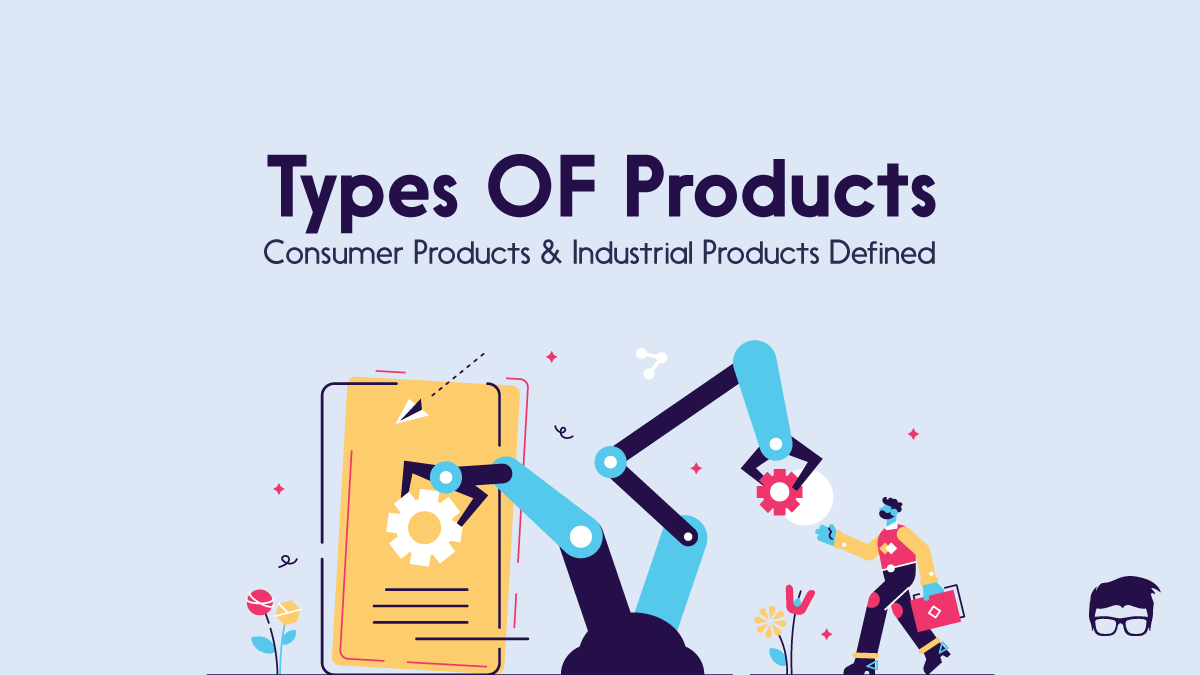It all started in 1961, when the first industrial robot, Unimate, shook the entire manufacturing industry and shaped it towards automation. Today, in a similar pattern, manufacturing industries have introduced artificial intelligence (AI) to automate their processes.
But it’s not just using ChatGPT to find that perfect price point for your new product; AI goes beyond that.
Today, it’s better to connect the machines, predict their health, make production faster and more efficient, predict customer demand and preferences, forecast inventory levels, optimise supply chain management, and even design new products.
Here’s how AI is being used in the manufacturing industry today and what the future holds.
But before we hop on to that, here are some interesting stats about AI in manufacturing –
- By 2025, the AI market in manufacturing is expected to grow to $8.57 billion, up from $5.94 billion in 2024, representing a remarkable CAGR of 44.2%.
- According to a report, AI adoption has become a top priority for 86% of North American manufacturers, a big increase from 59% in 2022. The adoption is expected to reach nearly universal levels, at 93%, within the next two years.
If AI is already this much integrated into the manufacturing industry, let’s take a look at how it is being used in various processes and functions.
AI In Marketing Use cases
When IOT (Internet Of Things) and AI meet, they result in smart manufacturing – a production system that is not only efficient but also self-correcting and autonomous.
Here are some ways the manufacturing industry is using AI to improve their marketing processes –
Cobots
Cobots or collaborative robots are special robots designed to work safely alongside human workers in a shared manufacturing environment.
They are different from traditional robots as they’re not what you might call “standalone”.
They are equipped with AI powered sensors, which allow them to detect human presence in their surrounding workspace to stop or slow down. This enables workers and robots to work side by side without any safety concerns.
Cobots also have the ability to learn new tasks quickly and adapt to changing production needs, making them ideal for small batch production processes. They also improve efficiency, reduce costs, and increase flexibility in assembly lines.
Many manufacturing companies have started making use of these small (and big bots) in several production processes, such as material handling, machine tending, assembly and packaging. Some examples are –
- SEAT Componentes Gear Manufacturing: SEAT Componentes deployed 10 Universal Robots cobots to automate the unloading of machined gears, producing 18,000 units daily. This integration improved efficiency, ensured “just-in-time” manufacturing, and reduced workforce strain by automating repetitive tasks.
- Electrolux Refrigerator Production Line: Electrolux implemented ABB’s YuMi and GoFa cobots to improve gas leak detection and electrical testing on their refrigerator production line. The YuMi cobot replaced manual verification tasks, enhancing safety and accuracy, while the GoFa cobot increased test effectiveness by 8% and eliminated unexpected stoppages. These changes led to a 68% boost in productivity and safer working conditions for employees.
Predictive Maintenance
Today, several companies have started integrated AI powered predictive maintenance that uses AI and machine learning algorithms to predict when equipment or machines are likely to fail, allowing them to get them fixed just in time.
In simple terms, AI-powered predictive maintenance uses data from sensors, operational records, and other sources to predict when equipment might fail. This helps companies avoid unplanned downtime (up to 30%), reduce maintenance costs, extend the lifespan of machines and improve overall productivity.
Some companies that have successfully implemented predictive maintenance include –
- GE deployed AI-powered predictive maintenance for jet engines. Machine learning algorithms analysed sensor data to detect early signs of engine wear or performance degradation. This approach minimised emergency repairs, reduced downtime for airlines, and extended the lifespan of critical components.
- Intel used AI to monitor semiconductor manufacturing equipment for anomalies in production processes. The system reduced defect rates by detecting issues early, improving product quality while lowering production costs.
Given that unplanned downtime costs manufacturers an average of $260,000 per hour, predictive maintenance is quickly becoming an essential tool for the industry.
Supply Chain Optimisation
Probably the biggest use case of AI in manufacturing is how it’s being used to optimise the supply chain.
Given that AI can analyse hundreds of thousands of data points, it has already started helping companies with –
- Demand Prediction: According to data from 2023, 45% of organisations already use AI to forecast demand, with 43% planning to start using it in the following years.
- Warehouse Efficiency: AI helps warehouse managers optimise inventory levels, track goods in real-time and enhance order fulfillment.
- Logistics: AI-powered routing systems help companies to dynamically reroute fleets and increase delivery efficiency by avoiding traffic congestion and accidents.
- Production Planning: AI can analyse production data from each plant to help manufacturers identify where improvements need to be made.
- Procurement: Several manufacturers are even using AI in procurement to automate purchasing processes, monitor supplier performance and reduce costs.
And it’s not a hypothesis that AI is making supply chains more efficient. Companies like Toyota, Flipkart, Reliance, and LG are already using AI in their supply chains, optimising logistics costs, and reducing delays.
Toyota Motor Corporation has managed to slash defects by over 30% using AI-powered visual inspection techniques. And not just this, the company saw a 20% reduction in inventory costs and a 15% decrease in energy consumption just because it was able to integrate AI in supply chain.
Factory In A Box
Factory in a box is a concept rapidly gaining popularity in the manufacturing industry. It involves using portable,modular, self-contained factories that can be easily transported to different locations as needed.
These factories use AI systems along with IOT to autonomously manage production tasks, optimising workflows and reducing human intervention. Moreover, machine learning algorithms analyse data from sensors and equipment to improve efficiency and adapt processes in real-time. For example, if a machine detects an error, it can automatically adjust settings or order replacement parts, reducing downtime and improving productivity.
The best part about this new concept is that the companies can now bring production closer to their consumers, reducing shipping costs and turnaround times.
With partners like Beta Layout, DHL, Fuji, HARTING, and others, Nokia has developed a “Factory in a Box” concept as part of its Conscious Factory project. This AI-powered portable system is designed for agile production and uses robotics, IoT solutions, and cloud technologies.
Generative Design
Like generative art, generative design is also a creative process that uses artificial intelligence to generate numerous design options based on specific parameters like materials, weight, and cost constraints.
Unlike traditional methods, where it used to take weeks or even months to develop a prototype, generative design can create multiple variations in minutes. And not just this, the software learns from each iteration and uses that knowledge to come up with even better options. This approach helps manufacturers reduce costs, speed up product development cycles and produce lighter yet stronger components.
For example, Airbus’ Bionic partition is inspired by nature’s cellular structure and was designed using generative design algorithms. The company partnered with Autodesk to develop a a stronger partition compared to the traditional partitions while the weight was 45% less.
What are the benefits of AI in manufacturing?
AI doesn’t just bring a competitive edge to the manufacturing industry, but it also has several other benefits, including –
Better Quality Control
When there’s a human involved, there is always a chance of human error. With AI-powered visual and quality inspection systems in place, manufacturers can ensure that each product meets the required standards without any inconsistencies.
Safer Work Environments
With the help of AI-powered robots, manufacturers can automate repetitive, physically demanding tasks that pose a risk to human workers. This helps create safer work environments and reduces the number of workplace accidents.
For example, a simple task like welding can take away (and has taken away) several lives due to electrocution, explosions, drowning (for underwater welders). But given that AI-powered welding robots are self-learning and can analyse multiple data points, it reduces the risk of human error and accidents.
Cost Savings
AI-powered systems help manufacturers identify inefficiencies and optimise workflows. This not only reduces production costs but also helps save on costs by reducing unplanned downtime and increasing energy efficiency.
The Challenges Of AI In Manufacturing
AI isn’t just any other machine that you can get from the market. It requires a lot of data and human intervention for training, maintenance, and monitoring. Some other challenges include –
- The large infrastructure costs associated with implementing AI in manufacturing. For example, the factory-in-a-box concept, while sound and efficient, may require a significant initial investment.
- There is a need for skilled personnel to develop, maintain, and monitor AI systems. This can be a challenge for smaller manufacturers who may not have the resources or expertise to handle complex AI technologies.
- Data privacy and security concerns. With AI systems collecting and analysing large amounts of data, there is always a risk of data breaches or misuse of sensitive information.
- AI systems require significant training and computing resources, which can be a challenge for smaller manufacturing companies with limited budgets.
A startup consultant, digital marketer, traveller, and philomath. Aashish has worked with over 20 startups and successfully helped them ideate, raise money, and succeed. When not working, he can be found hiking, camping, and stargazing.
